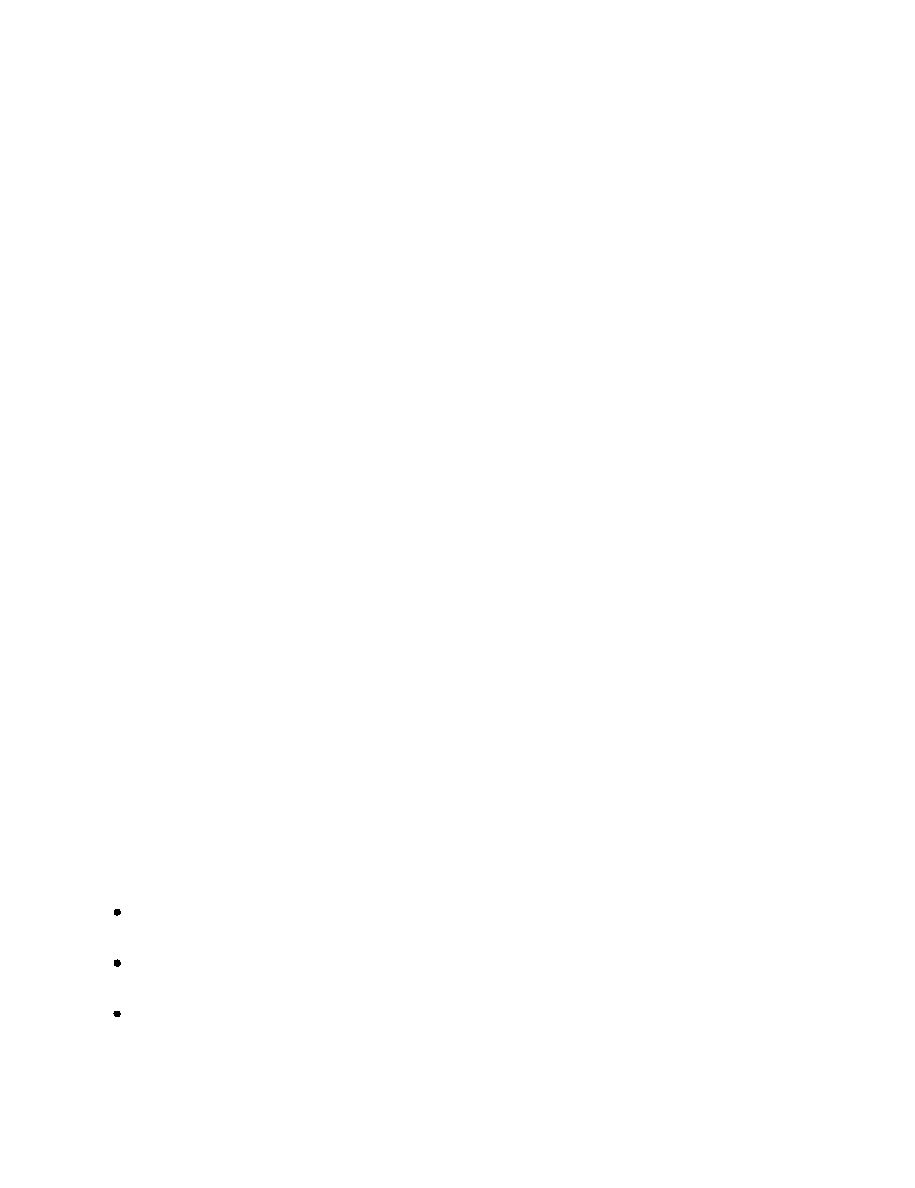
DOFMaster
for Windows
On-line
Depth of Field
Calculator
DOFMaster for Mobile Devices
On-line
Depth of Field
Table
Hyperfocal
Distance Chart
Articles
FAQ
Recommended
Books
Support
Contact
Links
Home
for Windows
On-line
Depth of Field
Calculator
DOFMaster for Mobile Devices
On-line
Depth of Field
Table
Hyperfocal
Distance Chart
Articles
FAQ
Recommended
Books
Support
Contact
Links
Home
As an Amazon Associate I earn from qualifying purchases.
![]()
meter reading, the reading is higher than the integrated
less exposure. The same principle applies when a
reading is taken close to a black square. The reading
indicates that the scene requires more exposure. Each of
the meter readings is a measurement of 18-percent gray.
You can apply this checkerboard example when you
photograph scenes that are predominately light or dark
Compensation is required to expose such scenes
correctly.
predominately light scene and detail is desired in the
shadows. When you take a light meter reading from a
predominately dark scene and detail is desired in the
highlight areas, you should reduce the exposure by one
half.
desired and another from the shadow area where detail
is desired. You then base your exposure on a point
midway between the two readings.
both the highlight and the shadow areas. An exception
to this is when the exposure latitude of a film is not
capable of recording the brightness range of the scene.
This can occur with scenes that have extremely great
brightness ranges. A scene brightness range is the
difference between the brightest and the darkest areas
of a scene and is usually expressed as a ratio. The
average brightness range of a normal scene is 160:1.
Films used for pictorial work are capable of reproducing
this brightness range. When the scene exceeds a
brightness range of 160:1, you must compromise the
exposure. This compromise can be as follows:
retain highlight detail.
retain shadow detail.
detail.
reading from this area. This method actually
overexposes the film overall, causing the highlight areas
of the scene to be greatly overexposed. This
overexposure occurs because the light meter averages
the light reflected from the shadow area and indicates
an exposure to produce middle gray. When a great
amount of detail is not needed in the shadow area and
you want to expose the overall scene normally, you can
take your light meter reading from the darkest object or
shadow area and stop down two f/stops. This method
midtones, and highlights.
of calculating exposures is used when a highlight area
which you can take a light meter reading. This method
highlight area In both situations, you take only one light
meter reading of an important highlight area. When you
do not want the highlight to record as a middle-gray tone
and desire a good overall exposure of the scene, you
simply open up two or three f/stops from the indicated
exposure. When you need maximum detail in the
highlight area, you can use the reading that the light
meter provides. This records the highlight area as
medium gray. This method underexposes the film in
object. You use this method when the other methods of
determining exposure are not possible. Such situations
may be caused by excessive distance between the light
meter and the scene, barriers in front of the scene, or the
size of the scene makes it impossible to get an accurate
light meter reading. The substitution method is often
used in studio situations where objects may be too small
to obtain an accurate light meter reading.
Basic Photography Course

As an Amazon Associate I earn from qualifying purchases.
WWW.DOFMASTER.COM
© 2006 Don Fleming. All rights reserved.
© 2006 Don Fleming. All rights reserved.